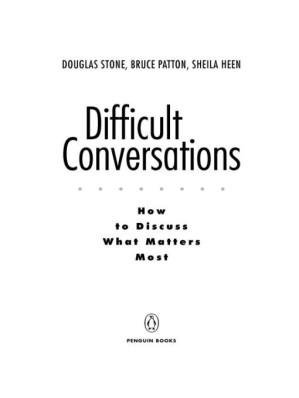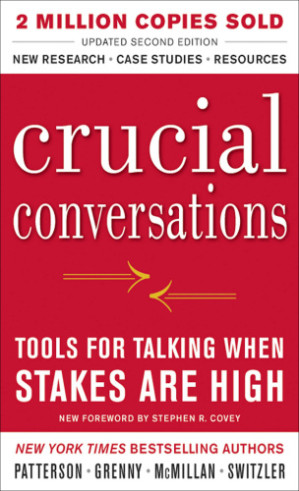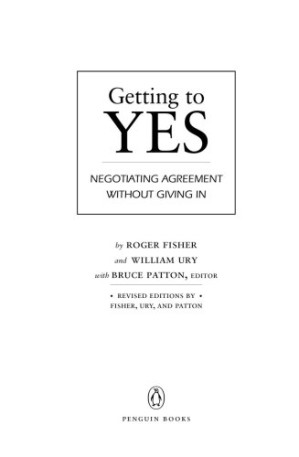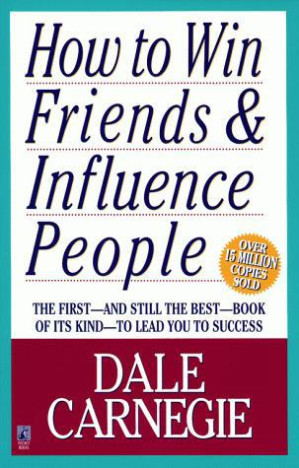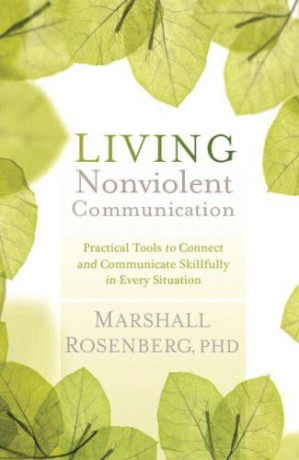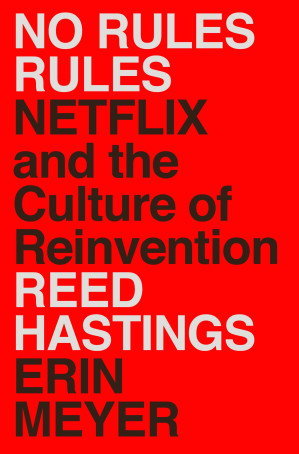Understand the three conversations in every difficult discussion.
Every difficult conversation contains three simultaneous conversations: the "What Happened" conversation (facts and interpretations), the "Feelings" conversation (emotional undercurrents), and the "Identity" conversation (how the situation affects our self-image).
